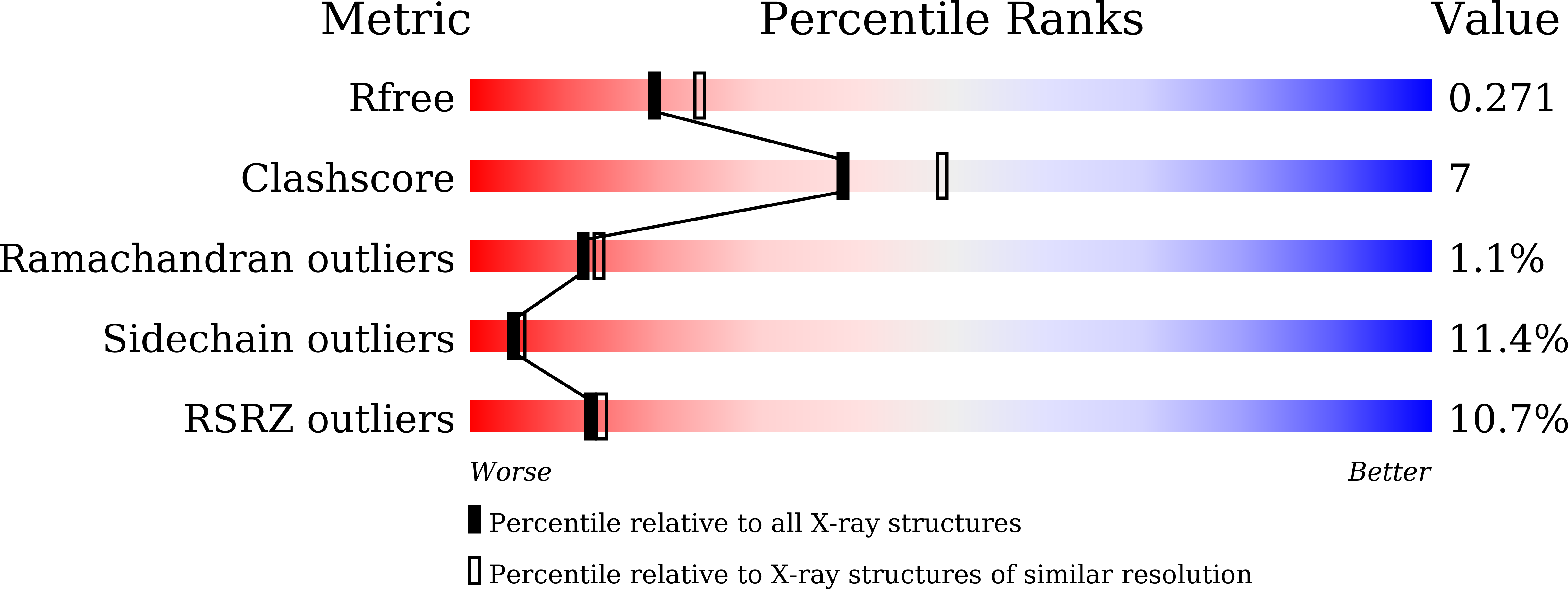
Deposition Date
2024-01-12
Release Date
2024-11-20
Last Version Date
2024-11-20
Entry Detail
PDB ID:
8XU0
Keywords:
Title:
Clostridioides difficile MarR (WP_003434724) with salicylate
Biological Source:
Source Organism:
Clostridioides difficile (Taxon ID: 1496)
Host Organism:
Method Details:
Experimental Method:
Resolution:
2.29 Å
R-Value Free:
0.27
R-Value Work:
0.21
R-Value Observed:
0.22
Space Group:
P 21 21 2


